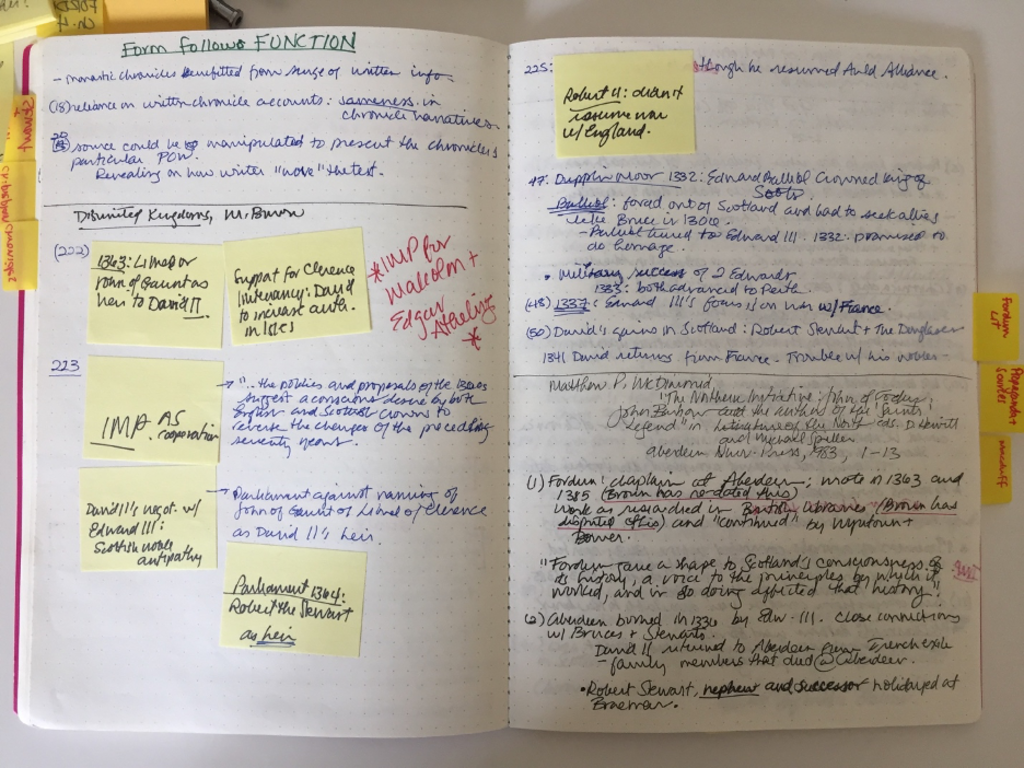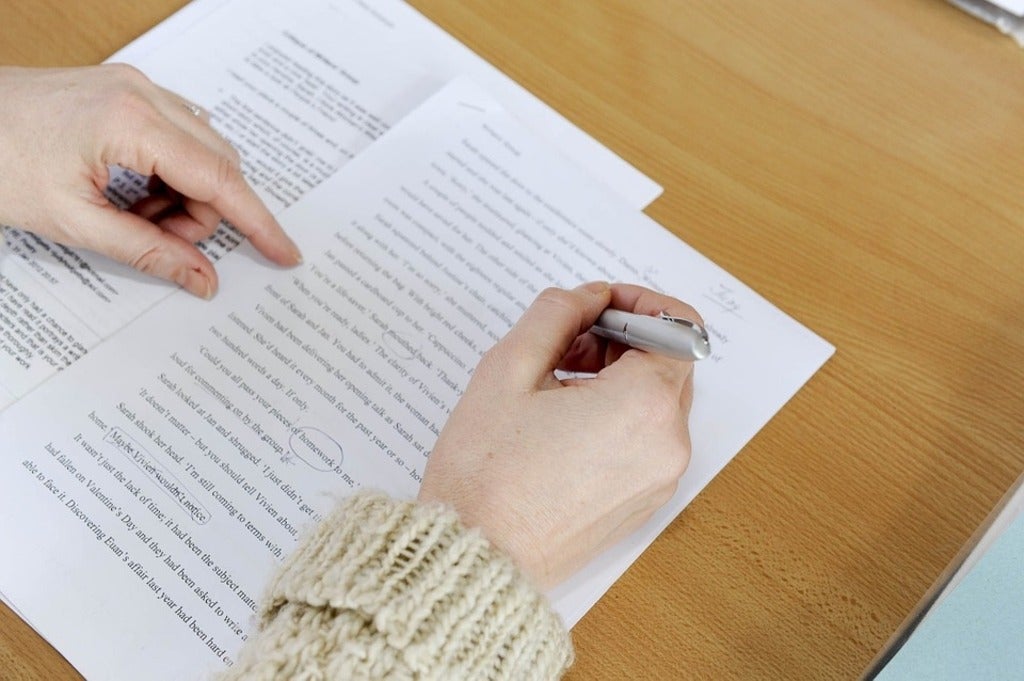The key to writing? Planning and organization, especially for EAL students
Writing in English is hard. I know because I’ve been doing so every day for the last ten years. Navigating a labyrinth of sudden structural differences and changing expectations, my path towards writing my Master’s and PhD theses was not an easy one. I was ill-prepared for English writing, despite studying the language for twelve years in school and speaking it fluently.






